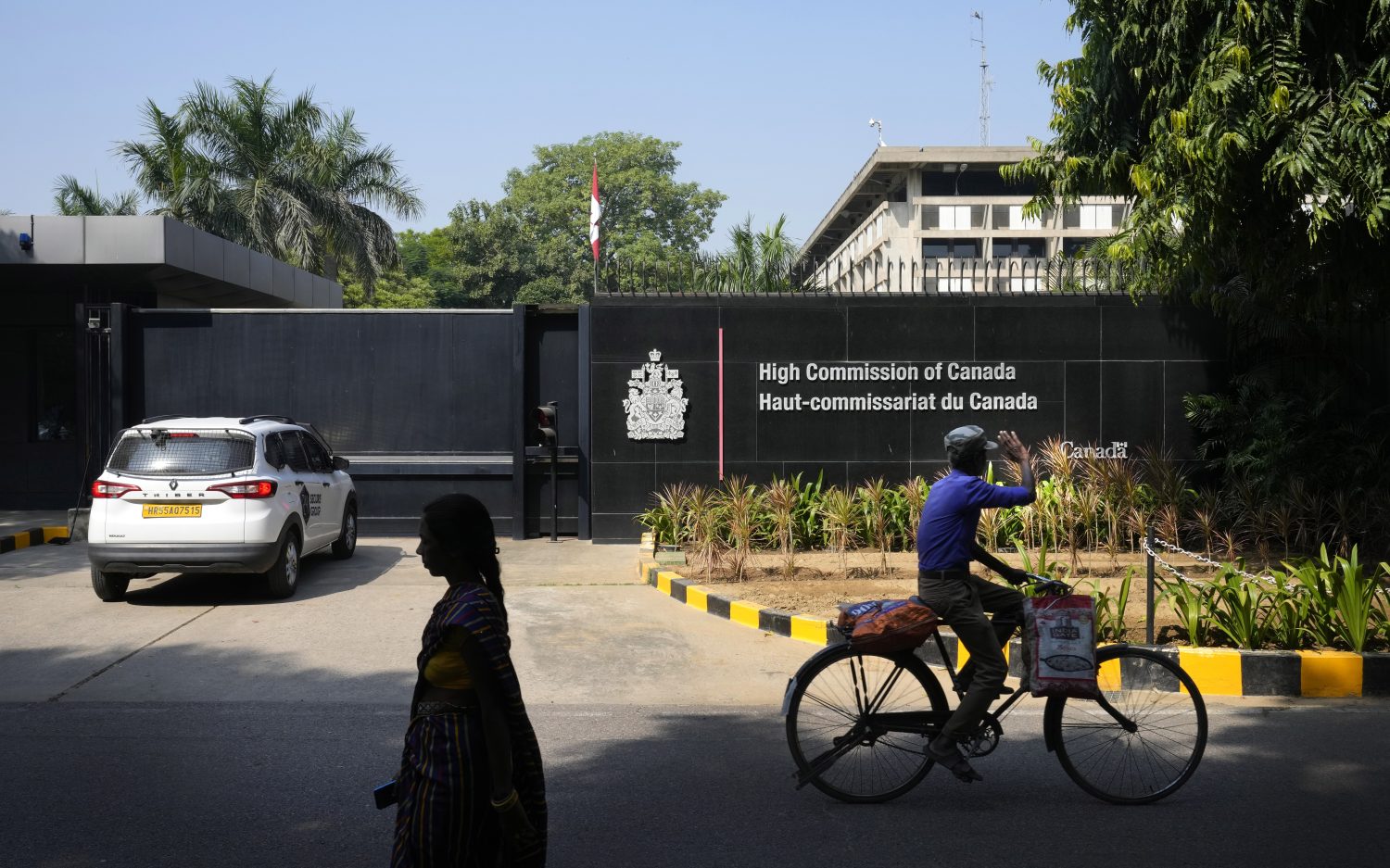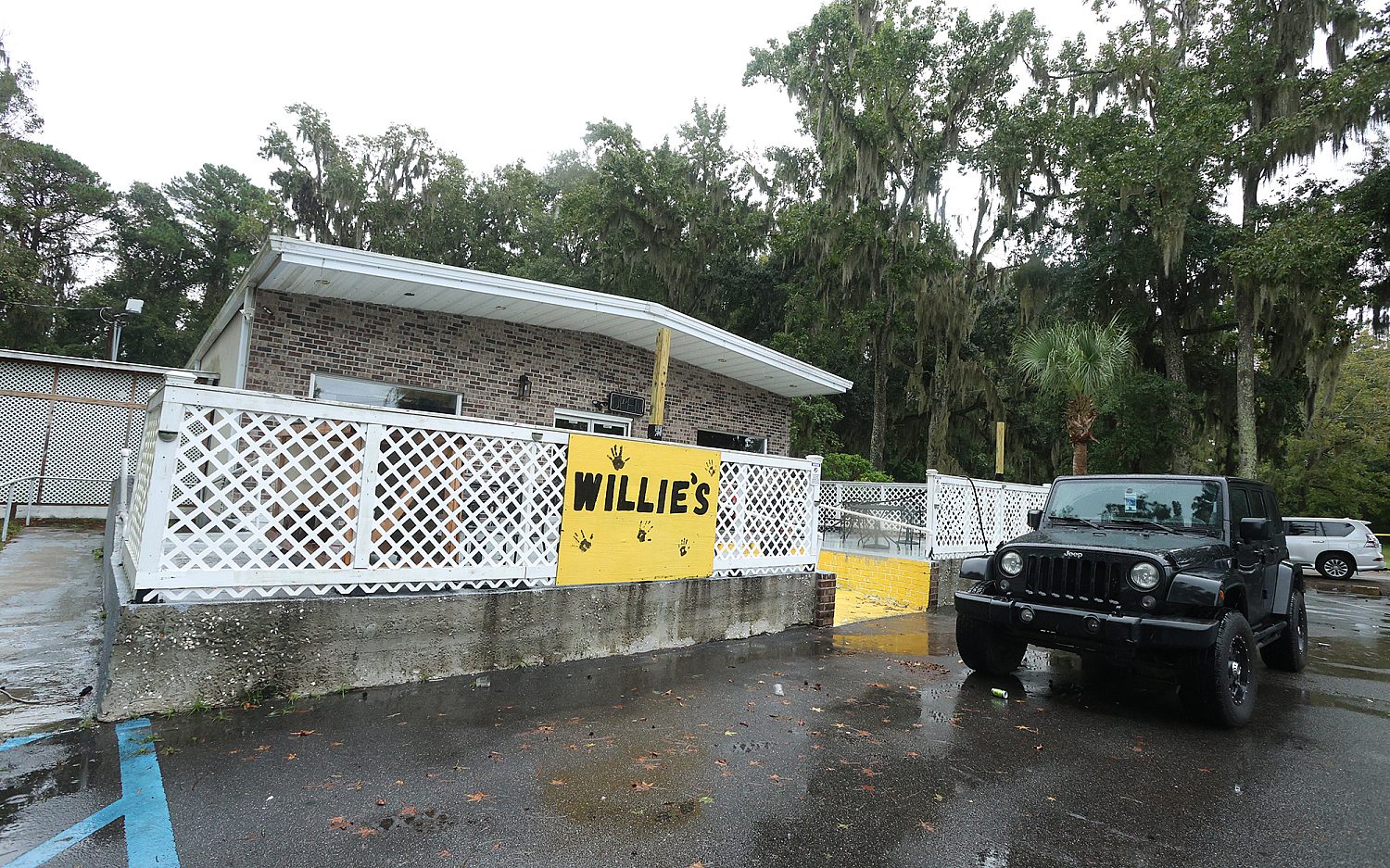Obama administration abandons college rating system amid opposition
President Barack Obama’s promised college rating system is rapidly withering under sustained opposition from universities, consumers, and even lawmakers who typically support the administration’s initiatives.
Nearly two years ago, Obama announced the bold plan in front of a crowd of 7,000 at the University of Buffalo. He promised that by the 2015-2016 school year, the U.S. Department of Education would produce a robust tool to rate colleges based on graduation statistics, employment prospects, and affordability.
“I think we should rate colleges based on opportunity—are they helping students from all kinds of backgrounds succeed—and on outcomes, on their value to students and parents,” Obama said. He raised the stakes further by proposing Congress eventually tie a school’s eligibility for federal financial aid to its score in the new rating system.
Opposition was swift, vehement, and widespread. Higher education experts predicted a universal tool would never be capable of assessing the subtleties and nuances of different colleges and degree programs. They argued there was simply too much variety in schools around the nation to reduce the process to mere data points. The colleges themselves—both 2- and 4-year institutions—united in their criticism, warning the project was too complex and too reliant on potentially shoddy data to be effective.
The Department of Education was inundated with feedback during the year-long public comment period. Parents, education professionals, and consumers all questioned the feasibility of the proposal.
“I got an excellent education at Brown,” wrote one anonymous commenter. “It was excellent not as evidenced by my current income, but by the whole way I live my life. That cannot be measured.” Many others echoed those comments throughout the public comment submissions.
The intense pressure has forced the Obama administration to quietly scale back the president’s original proposal. The watered-down result is a tool that provides no new information, and is potentially misleading in the data it presents, as well as the data it omits. That tool—the College Affordability and Transparency Center College Scorecard website—features a search engine designed for users “to find out more about a college’s affordability and value so you can make more informed decisions about which college to attend.”
But a search of several zip codes and major universities revealed substantial gaps in the database—entire schools were missing and graduation rates were averaged, failing to account for students who take courses or receive training but don’t necessarily graduate.
The section titled “Employment” lacked any data whatsoever, simply stating “The U.S. Department of Education is working to provide average earnings of former undergraduate students.” The site encourages prospective students to contact the colleges directly for this information.
Despite the evidence, the Obama administration denies the proposal has been scaled back.
“It is anything but a retreat,” Education Department Undersecretary Ted Mitchell said. “It’s a retooling and, we think, an advance on the original concept.”
Abandoning the original plan marks the latest in a series of stumbles for Obama’s education priorities. In his 2013 State of the Union address, Obama called for expanding access to pre-kindergarten to all American children. In his 2015 address, he pushed a $60 billion plan to offer two years of free community college. Neither proposal has gained any traction.
The Associated Press contributed to this report.
An actual newsletter worth subscribing to instead of just a collection of links. —Adam
Sign up to receive The Sift email newsletter each weekday morning for the latest headlines from WORLD’s breaking news team.





Please wait while we load the latest comments...
Comments
Please register, subscribe, or log in to comment on this article.